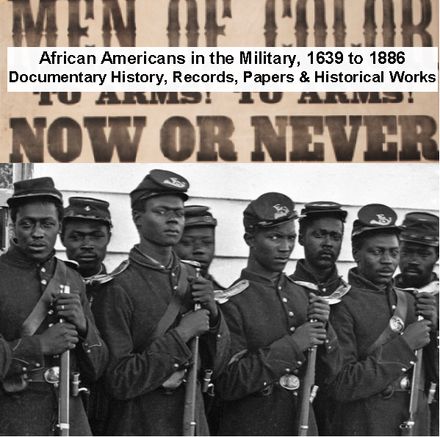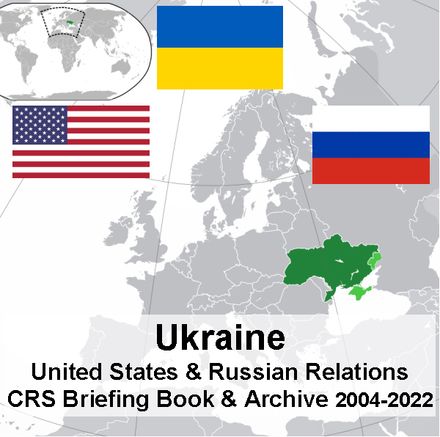$14.95
J. Robert Oppenheimer FBI, CIA, Manhattan Project Files, Security Hearings, Books & Newspapers
J. Robert Oppenheimer FBI, CIA, Manhattan Project Files, Security Hearings, Books & Newspapers
During World War II, theoretical physicist J. Robert Oppenheimer led the Manhattan Project’s (Manhattan Engineering District) clandestine lab in Los Alamos from 1943 to 1945, where his team developed and produced the atomic bombs dropped on Hiroshima and Nagasaki, Japan. Dr. Oppenheimer chose the name TRINITY for the first detonation of a nuclear weapon. After World War II, he became Chairman of the General Advisory Committee of the Atomic Energy Commission providing technical advice for use and control of nuclear weapons. Congress revoked Oppenheimer's security clearance after hearings were held to investigate his pre-World War II connection with the Communist Party.
In the biography, “American Prometheus,” Kai Bird and Martin J. Sherwin wrote about the director of the Manhattan Project's Los Alamos Laboratory, “Robert Oppenheimer was an enigma. A theoretical physicist who displayed the charismatic qualities of a great leader, an aesthete who cultivated ambiguities. In the decades after his death, his life became shrouded in controversy, myth, and mystery.".
This collection has 7,543 pages in the following sections:
Correspondence of the Manhattan Engineer District - Oppenheimer
357 pages of files regarding the TRINITY Test at Alamogordo, July 16, 1945, and the preparation and movement of personnel and equipment to Tinian Island for delivery of atomic bombs against Japan.
Atomic Development Correspondence
56 pages of correspondence related to significant events in the development of the first atomic weapons. Includes correspondence between J. Robert Oppenheimer and Franklin D. Roosevelt, Harry S Truman, Enrico Fermi, Leslie R. Groves, Henry D. Smyth, Joseph O. Hirschfelder, Brigadier General Thomas Farrell, Norman Ramsey Jr., and Dean Acheson.
FBI Files
File No. 100-17828 Sections 1 - 61
Pages in this copy of this set of files were pulled for use in the investigation of the Rosenberg Case. Files not considered relevant to that case were separated and replaced with a cataloging of files with inventory sheets giving a brief description of withheld files. The remaining 104 pages of files are concerning Oppenheimer’s connection with Klaus Fuchs, interviews of individuals doubtful about the loyalty of Oppenheimer, and his position on the H-bomb.
File No. 100-17828 Enclosures
This 799-page section covers newspaper clippings made by the FBI from 1952 to 1954.
CIA Files
285 pages of documents held by the CIA dating from 1948 to 1957, with mention of J. Robert Oppenheimer.
1954 Atomic Energy Commission (AEC) Hearings RE: Oppenheimer
3,434 pages of transcripts of the 1954 hearing before the AEC’S Personnel Security Board regarding Dr. J. Robert Oppenheimer's suitability.
In June 1954, the Atomic Energy Commission (AEC) acted to revoke Dr. J. Robert Oppenheimer’s security clearance. Oppenheimer had served as Director of the Los Alamos National Laboratory and as Chairman of the General Advisory Committee to the AEC. In his years of public service, Dr. Oppenheimer had perhaps more access to information about U.S. nuclear weapons programs than any other individual in the government. And yet, in reaching its decision on his clearance, the AEC did not claim that Dr. Oppenheimer had ever divulged or mishandled classified information. Nor did it question his loyalty to the United States. Rather, the AEC based its decision on the conclusion that there were “fundamental defects” in Dr. Oppenheimer’s character.
Publications
1,944 pages in 9 volumes of U.S. government publications, dating from 1943 to 2021, covering the Manhattan Project with later volumes giving more specific attention to J. Robert Oppenheimer.
Highlights include:
The Los Alamos Primer by Robert Serber (1943)
Based on notes taken of lectures given by Robert Serber in April 1943, as an introduction course to the Los Alamos Project. Notes composed by Edward Condon.
Trinity by K. T. Bainbridge (1945 1976)
The world’s first atomic explosion occurred July 16, 1945, at the Trinity test site in southern New Mexico. This account of the organization at Trinity, the experiments, and the results, under the direction of Kenneth Tompkins Bainbridge, was written shortly after completion of the test.
Project Trinity 1945-1946 (1982)
This report describes the activities of an estimated 1,000 personnel, both military and civilian, in Project TRINITY, which culminated in detonation of the first nuclear device, in New Mexico in 1945. Scientific and diagnostic experiments to evaluate the effects of the nuclear device were the primary activities engaging military personnel.
Newspapers
98 Full sheet American newspapers with articles mentioning J. Robert Oppenheimer, dating from May 1, 1941, to December 2, 1963.
This set can also be found in:
Atomic – Nuclear Weapons & Energy History & Documents Archive 1939 – 2011 USB Drive

https://downloads.paperlessarchives.com/p/atomic-nuclear-weapons-and-energy-history-and-documents-archive-1939-2011/



